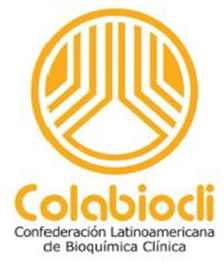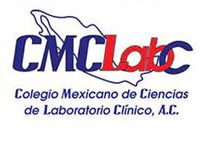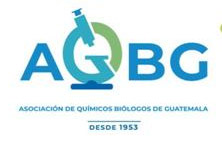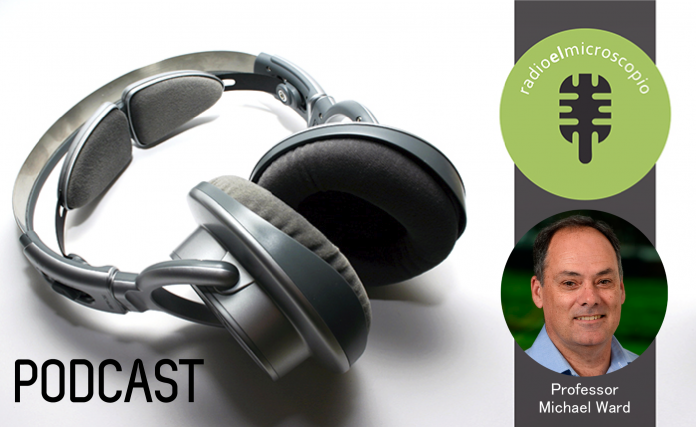Michael Ward is Chair, Veterinary Public Health and Food Safety in the Sydney School of Veterinary Science. He is a veterinary epidemiologist with experience in analytical epidemiological methods, spatial epidemiology and simulation modeling. He has more than 30 years experience in conducting research on infectious diseases.
Michael is a veterinary graduate of the University of Queensland and has held positions within the Queensland Department of Primary Industries and the veterinary schools at Purdue University (Indiana) and Texas A&M University. He returned to Australia from Texas in 2008 to take up his present position. Michael is currently the Editor-in-Chief, Transboundary and Emerging Diseases.






































